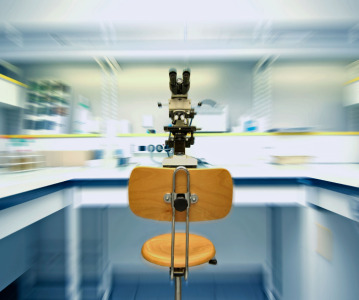Sterile manufacturing Annex 1 amendments: what, why and how explained

In January 2020 the European Commission published some proposed significant revisions to Annex 1, the EU’s good manufacturing practice (GMP) guide for the manufacture of sterile products. In the following three-month consultation period, affected organisations and stakeholders from over 70 different countries submitted more than 2,000 comments to the proposed update.
In this article Dr. Thomas Becker, Director Quality at Recipharm in Wasserburg, discusses the key changes to the guide and the impact it will have on companies responsible for the manufacture of sterile products as the industry continues to work to meet the industry’s changing requirements and overcome reoccurring challenges in the supply chain.
The changes saw the scope of Annex 1 enlarged to include guidance to non-sterile product manufacturers, where contamination control is relevant, and its format was reorganised into 10 distinct sections. Beyond this, the main changes include:
- Introduction of a contamination control strategy (CCS) concept, quality risk management (QRM) principles and a pharmaceutical quality system (PQS).
- Additional QRM principles included to support non-sterile product category.
- Introduction of restricted access barrier systems (RABS) and isolators, as well as some additional new technologies as part of the CCS requirements.
- The creation of new sections for form fill and seal, closed systems, and single use systems (SUS).
- Reinforced recommendations for area classification and qualification, including microbial airborne and surface contamination.
- The introduction of detailed measures and specifications to prevent any contamination (for example, unidirectional material flow, continuous monitoring systems for total organic carbon and conductivity on water for injection loops, validated disinfection and decontamination programme including a focus on vacuum, cooling systems, and dry heat tunnels).
- The introduction of specific personnel requirements, including training and gowning, combined with reinforced monitoring requirements.
- Stipulations about production and the use of specific technologies including, pre-use post sterilisation integrity tests (PUPSIT), specific process holding times, container closure integrity, and visual inspection.
- Mandatory reinforced sterility test sampling after each critical intervention.
- Additional aseptic process simulation runs before shut down periods are to be taken into consideration.
- Trending dating for environmental monitoring and visual inspection results are to be taken into consideration for batch release.
Overall, these new additions to the guidelines could potentially pose significant challenges to pharma companies both technically and organisationally; Key examples would be updating equipment or premises design to minimise contamination risk, integrating new equipment, such as barrier technologies, into a CCS containing older systems using QRM principles, ensuring an approach that guarantees regular reviews of each risk assessment and the review of data and trends generated by critical CCS equipment.
That being said, successfully implementing these new rules could bring about improved safety and anti-contamination measures. In addition, the growing involvement of other regulatory organisations and stakeholders such as the International Pharmaceutical Inspection Convention and Pharmaceutical Inspection Co-operation Scheme (PIC/S), the World Health Organisation (WHO) and the US Food and Drug Administration (FDA) could mean harmonised compliance requirements across the global market.
At Recipharm we have worked to successfully implement the required measures to ensure continued compliance during the manufacture and handling of sterile and non-sterile products requiring contamination control. By taking a proactive approach to meeting the changing demands of Annex 1 we will be able to continue to provide seamless sterile project solutions for out customers.
For more information on how the updates to Annex 1 will affect your operations, guidance on how to meet the new requirements or more information about our sterile manufacturing offering please contact Recipharm’s expert team here.
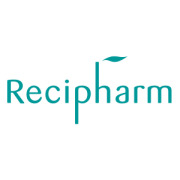
Related News
-
News CPHI Pharma Awards 2024: Meet the winners from the CPHI Celebration
This year we had a lot to celebrate, the 35th Anniversary of CPHI, and our esteemed award winners, of which we included two additional categories this year, the Future Leader award, and Woman of the Year award. -
News Women in Pharma: C-Suite Journeys in Leading Diversity
In this CPHI Milan special of our monthly series, we sit down with our panel of C-suite executives speaking on the ‘Leading with Diversity: The CEO Journey’ panel at this year’s show. -
News The BIOSECURE Act: implications for the pharma supply chain
On September 9, 2024, the US House of Representatives voted to pass the bill titled the BIOSECURE Act (the Act), which lists several Chinese companies in the pharmaceutical supply chain. The Act will prohibit American companies from contracting or doin... -
Sponsored Content CPHI Online Trend Report: How can flow chemistry help businesses achieve their sustainability goals?
In our latest CPHI Online Trend Report, we partner with Asymchem to understand the innovative potential of flow chemistry for API manufacturing, especially in regards to meeting sustainability goals. -
News CPHI Milan Speaker Spotlight: CDMO relations with Pharma and Start-Ups
In the run-up to CPHI Milan, we sit down with some of the experts and thought-leaders speaking at this year’s conferences. -
News Women in Pharma: Advocating for trans healthcare in pharma
In our monthly series on women in the pharmaceutical industry, we interview leading experts in the pharmaceutical supply and value chain to discuss the importance of gender diversity in healthcare, the workplace, and beyond. -
News A Day in the Life of a Vice President in R&D & Engineering
In the Day in the Life of Series, we've already had the chance to get to know a range of people in various roles in the pharma industry. In the latest interview we get a glimpse into the R&D side of things from Jennifer Sorrells, Vice Presiden... -
News CPHI Podcast Series: analysing supplier audits with the PSCI
This episode of the CPHI Podcast Series, hosted by Digital Editor Lucy Chard, goes through the results from the recent audits from the PSCI conducted on suppliers across the pharmaceutical industry, looking into ESG outcomes.
Position your company at the heart of the global Pharma industry with a CPHI Online membership
-
Your products and solutions visible to thousands of visitors within the largest Pharma marketplace
-
Generate high-quality, engaged leads for your business, all year round
-
Promote your business as the industry’s thought-leader by hosting your reports, brochures and videos within your profile
-
Your company’s profile boosted at all participating CPHI events
-
An easy-to-use platform with a detailed dashboard showing your leads and performance
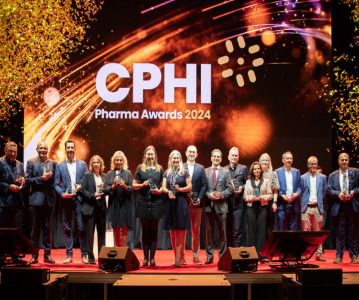


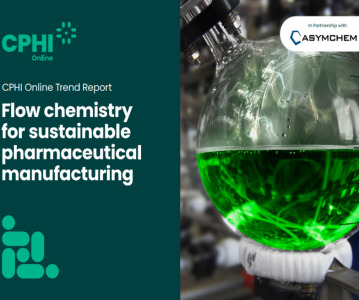
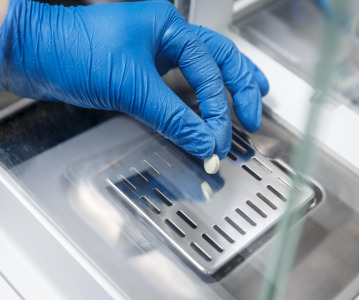
.png)
